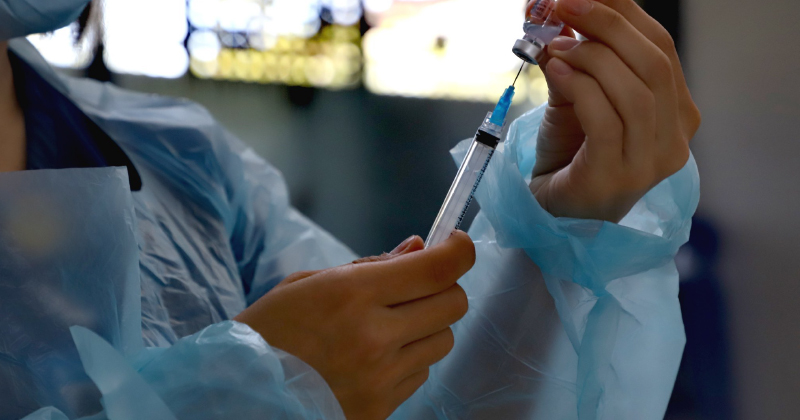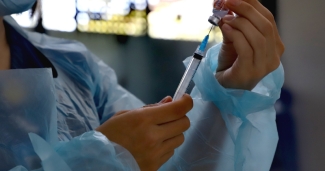MCN Position Statement: Johnson & Johnson Pause on Vaccinations Is Indicator of Functioning of Vaccine Safety Systems

[Update: The Johnson & Johnson "pause" has ended and distribution of the vaccine has resumed. Please see MCN's regularly updated FAQ on the COVID-19 vaccine or Johnson & Johnson COVID-19 Vaccine: Care for Migrant Women Requires Adjusted Approach for more information.]
This week, federal authorities recommended a pause in administration of the Johnson & Johnson/Janssen (J&J) COVID-19 vaccine to investigate the possibility of a very rare but serious adverse effect in a very small number of people who received the vaccine. Six women between the ages of 18 - 44 were diagnosed with cerebral venous sinus thrombosis (CVST) combined with thrombocytopenia within 1-3 weeks after their vaccination. One died and one is in critical condition. Roughly 6.8 million people had received the J&J before the pause. Food and Drug Administration (FDA) and Centers for Disease Control and Prevention (CDC) officials held a joint press conference, and the acting FDA Commissioner emphasized that the pause was to give "time for the healthcare community to learn what they needed about how to diagnose, treat, and report" cerebral venous sinus thrombosis (CVST) combined with thrombocytopenia, the combination of which indicated a pattern that may relate to the J&J vaccine.
Many clinicians in our network have reported that the most common hesitancy they are hearing from their migrant and immigrant patients is the fear around the speed of development of the vaccines, and concerns over their safety. A pause on the J&J after six people had potential reactions out of almost seven million demonstrates that our regulatory systems are working well to identify even very rare side effects – in this case, less than one in a million -- that may result from the vaccine.
This pause does not indicate directly that the J&J vaccine is unsafe. Instead, it signals that US health and regulatory authorities are taking the time to fully investigate to determine whether or not the J&J is responsible for the blood clots. Dr. Vivek Murthy, the US Surgeon General, noted that vaccine pauses are not unusual to ensure safety.
Consequently, we recognize this pause as a clear indicator of the health of our vaccine safety systems and look forward to hearing more from authorities moving forward. We encourage clinicians to let patients and their communities know that this pause is an indicator of a well-functioning federal vaccine system to protect patients from potential harm, even a harm that may affect less than one person per million doses administered.
Symptoms of CVST include severe headache, abdominal pain, leg pain, and shortness of breath. While headaches are a common vaccine side effect, headaches as a symptom of CVST present more than a week after vaccine administration and tend to be severe. Symptoms of thrombocytopenia include fatigue, petechiae (superficial tiny areas of bleeding into the skin resulting in small red spots), spontaneous bleeding from the gums or nose, purpura (excessive bruising), prolonged bleeding cuts after shaving for example, heavy menstrual bleeding that is beyond baseline for a woman, blood in the urine or stools, splenomegaly (enlarged spleen), bleeding that will not stop. We will share more information on diagnosis and treatment as it is released from the CDC.
Like what you see? Amplify our collective voice with a contribution.
- Log in to post comments
